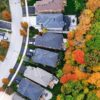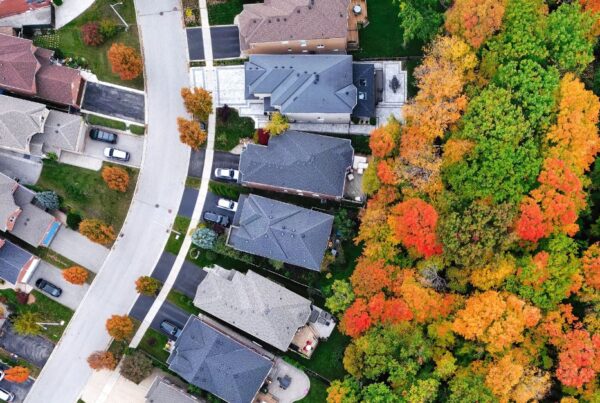
Real estate schemes—including mortgage and title fraud—are rising across Canada. When it comes to mortgage fraud, a report from Equifax Canada showed that 9% of Canadians said it was acceptable to provide false income numbers on a mortgage application. More shockingly, 11% of respondents said that they felt mortgage fraud was a victimless crime.
Mortgage fraud is just one area that financial providers, real estate sales professionals, and property buyers need to be on guard. Title fraud is a growing concern driven by a combination of the ease of identity theft and a red-hot real estate market.
According to title insurance company First Canadian Title, real estate or title fraud happens about twice a week in Canada. Unfortunately, many victims are senior citizens who have fallen victim to phishing and other identity theft tactics. Last year, Stats Canada reported that 34% of Canadians had reported a phishing attempt since the beginning of the pandemic.
As a real estate sales or other land professional, knowing how to identify title fraud is your first line of defense to protect your customers, clients, and business. Here are three ways to identify and avoid real estate fraud using GeoWarehouse.
Verify identity and ownership status
Real estate professionals have been using digital communication tools from simple texting to video chat as they work to help buyers find the perfect property. The pandemic accelerated the adoption of doing business without being in the same room—or even meeting in person. But along with that came the potential and opportunity for title and other real estate frauds.
GeoWarehouse can help real estate professionals verify property ownership by confirming the owner’s name and property sales history. Having ownership details on past property transactions can assist the real estate professional in ensuring that the person they are dealing with is the valid owner. GeoWarehouse provides details on the last sale date and amount, along with historical sales data.
Understand property status
Parcel register* information in GeoWarehouse is another powerful tool to identify potentially fraudulent activity. Real estate professionals can use parcel registry information to identify and confirm liens, registered mortgages, and other registered encumbrances that affect the equity of a property.
The information in a parcel register provides real estate professionals with a high-level snapshot of a property’s ownership, solvency, and history. The details include the property’s legal description, PIN, type of ownership, changes in ownership, and importantly—who the current owners are.
If more detailed information is required, real estate professionals can request Instrument Images and Registered Plan Images from the GeoWarehouse store. These images can provide more insights into past transactions and other information registered on the property.
Get deeper insights with the Property Report
Another tool in the anti-fraud toolkit for real estate professionals through GeoWarehouse leveraging one of the three Teranet Property Report.
One example of a potential red flag is a significant increase in property price in a short amount of time. While the market may be red hot right now, the Teranet Property Insights Report will show if a property has been sold multiple times to increase the property’s value artificially.
In this sample report, you can see the entire list of sales transactions on a property. Each line includes the party to, registration date, consideration value, and the instrument type—all the details you need to catch a potential inflated value before your client signs the dotted line.
For more information about GeoWarehouse, the GeoWarehouse Store, Parcel Registers, or the Teranet Property Insights Report, please visit geowarehouse.ca.
*An official product of the Ontario government pursuant to provincial land registration statutes.







